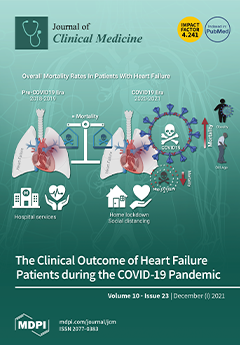Rationale: Posttraumatic epilepsy (PTE) is a common cause of morbidity in children after a traumatic brain injury (TBI), occurring in 10–20% of children following severe TBI. PTE is diagnosed after two or more unprovoked seizures occurring 1-week post TBI. More often, studies have focused on children with epilepsy due to severe TBI. We aim to understand the utility of head computed tomography (HCT), EEG, and the risk of developing drug-resistant epilepsy in children after mild TBI. Method: We retrospectively studied 321 children with TBI at a tertiary pediatric referral center during a 10-year period. Mild TBI was defined as loss of consciousness (LOC) or amnesia < 30 min, moderate TBI as LOC or amnesia between 30 min and 1 day, and severe TBI as LOC or amnesia > 1 day, subdural hemorrhage, or contusion. Multiple clinical variables were reviewed, including past and present antiepileptic drug(s), seizure control, and mode of injury. First and subsequent post-TBI EEGs/prolonged video-EEGs were obtained acutely, subacutely, and/or chronically (range, day 1–3 years, median 1 month). Descriptive analyses were conducted using medians and ranges for continuous data. Categorical data were reported using frequencies and percentages, while comparisons between groups were made using Fisher’s exact test for small sample sizes. Results: Forty-seven children were diagnosed with posttraumatic epilepsy: eight children (17%) due to mild TBI, 39 children (83%) due to severe TBI. For the eight children with mild TBI whom all had an accidental trauma (non-inflicted), the median follow-up time was 25 months (range 1.5 months–84 months). The median age was 10 years (range 4–18 years), and the median age at the time of injury was seven years (range: 23 months–13 years). No relevant previous medical history was present for six patients (80%), and two patients’ (20%) relevant previous medical histories were unknown. Seven patients (88%) had no history of seizures, and patient #6 (12%) had unknown seizure history. Six patients (75%) had normal routine EEG(s). Patient #6 (13%) had an abnormal VEEG 3 months after the initial normal routine EEG, while patient #1 (13%) had an initial prolonged EEG 8 months after TBI. Compared to the 39 patients with severe TBI, 31 (79%) of whom had abnormal EEGs (routine and/or prolonged with video), mild TBI patients were more likely to have normal EEGs,
p = 0.005. Head CT scans were obtained acutely for seven patients (90%), all of which were normal. One patient only had brain magnetic resonance imaging (MRI) 8 months after the injury. Compared to the 39 patients with severe TBI, all of whom had abnormal HCTs, mild TBI patients were less likely to have abnormal HCTs,
p < 0.0001. In patients with mild TBI, no patient had both abnormal EEG/VEEG and HCT, and no one was on more than one Antiepileptic drug (AED),
p < 0.005. Six patients (75%) had MRIs, of which five (63%) were normal. Two patients (#1, 7) did not have MRIs, while one patient’s (#4) MRI was unavailable. Five patients (63%) had a seizure <24 h post TBI, while the rest had seizures after the first week of injury. Conclusion: Children with epilepsy due to mild TBI, loss of consciousness, or amnesia < 30 min are more likely to have normal HCT and EEG and to be on 0–1 AED. Limitations of our study include the small sample size and retrospective design. The current findings add to the paucity of data in children who suffer from epilepsy due to mild TBI.
Full article






